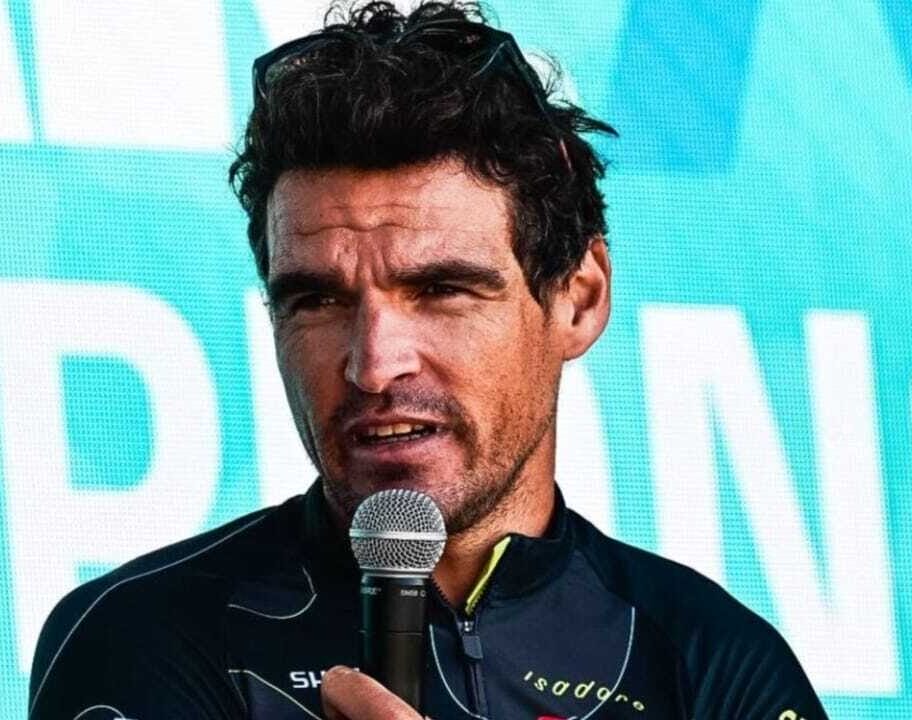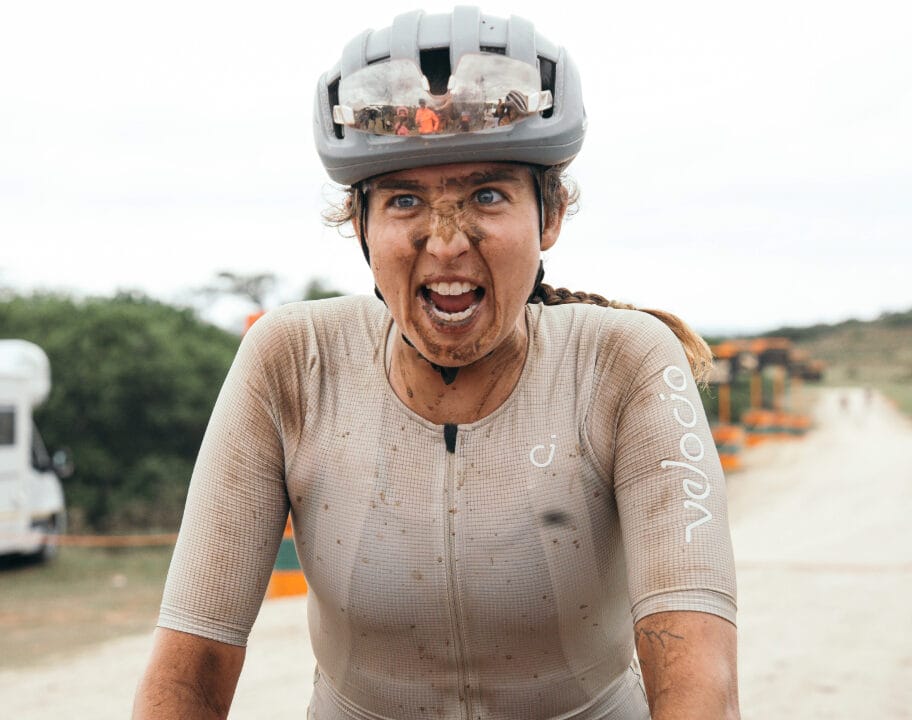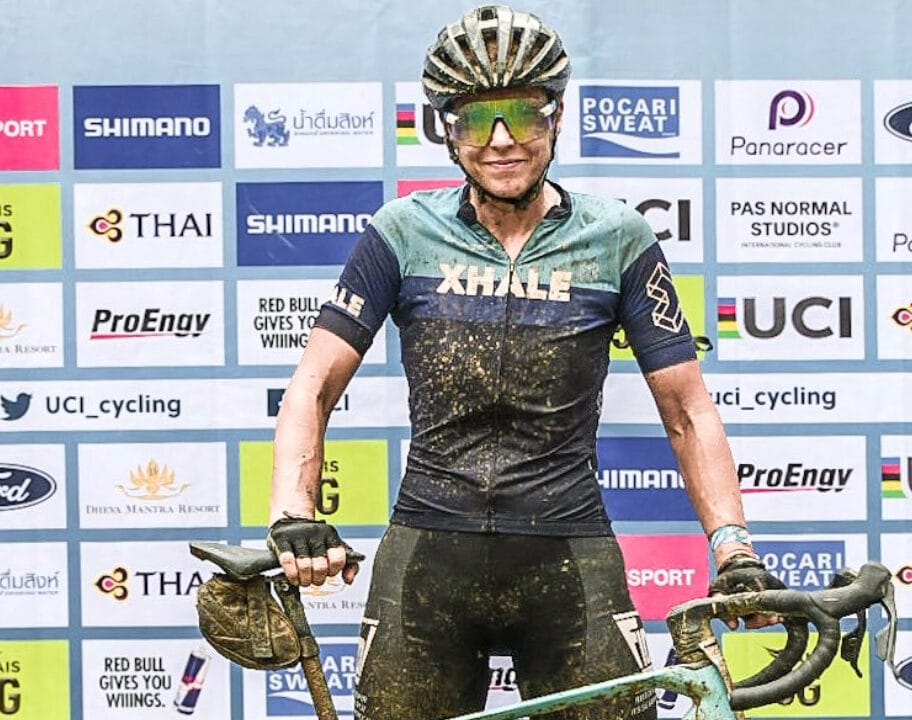Bikepacking opens up a world of adventure. From peaceful nights under the stars, to routes less travelled and spectacular views in between. It’s no wonder bikepacking has become extremely popular!
Exploring on two wheels can be utterly magical. I will never forget my first bikepacking adventure; it felt like pure freedom and proper exploring… mixed with slightly dodgy kit choices and a lot of lessons learnt.
This guide is here to help you prepare for your bikepacking adventures and make good choices. From what gear to bring, how to plan your route and how to prepare. I’ll talk you through the most important elements so that you too can have unforgettable adventures on the bike.
Bikepacking gear: bike bags, sleep systems and other essentials
Having the right gear will dramatically improve your experience, and what you need to bring will depend on your trip duration, conditions and your general style of packing. For the full comprehensive list check out my bikepacking gear guide.

Bike bags are a must have. There are a lot of options, including top tube, frame, stem, handlebar, saddle and panniers. My personal favourite setup for a weekender is a top tube bag for easy access to snacks. Plus, a handlebar pack and a saddle bag. For a longer jaunt where touring is the priority I would opt for a pannier setup with a frame bag and handlebar pack, but you can mix and match as you please.
Having a solid bikepacking sleep system is also important. Options include a tent, bivvy bag or hammock, as well as a sleeping bag or sleeping bag liner (depending on temperature), and sleeping mat.
For a trip of more than one night, I tend to go for a lightweight tent and an inflatable sleeping mat; however, for a lighter setup you could opt for just a bivvy bag and sleeping bag.
Taking a good tool kit is essential, this should include a multi-tool with chain breaker, pump, spare tubes and puncture repair kit or, if you are running tubeless, plugs. Having a repair kit which you can use will instill confidence and there is always YouTube should you need a video on how to fix something.
How to plan your bikepacking route
For a first bikepacking trip, I would advise carefully planning your route, starting small and close to home. Be realistic about how far you are happy riding, taking into consideration both terrain, elevation and any fatigue. There is nothing worse than scheduling a big day when you are not up for it, so be kind to yourself.
Choose terrain which you are comfortable riding (you could include sections which you already know) and consider where the nearest resupply spots are (pubs, cafes, shops) and water sources. In the UK it is a legal requirement for pubs to give you water which is always good to know.
There are tons of established bikepacking routes in the UK, including King Alfred’s Way, The Ridgeway and The Badger Divide. These are all long-distance however you could choose a section to explore.
There are also lots of excellent books filled with touring routes. I recommend checking out bikepacking extraordinaire Markus Stitz’s endless supply of route books. His most recent is Gravel Rides in the Cairngorms and Perthshire or try Bikepacking Scotland which shares a host of wonderful bikepacking trips.
I enjoy using route planning apps like Komoot, Ride with GPS or Strava. These are useful because you can either plan your own or choose a route someone else has already ridden and adapt it to suit your needs.
You could also join a beginner bikepacking organised trip, Zero Carbon Adventures offer a great overnight-er in Dartmoor which is a great access point for beginners.
Getting ready to ride: top tips and mistakes to avoid to prepare for your first bikepacking adventure
Aside from having some miles in the legs and feeling confident riding your bike. A key, and sometimes overlooked, part of preparation is riding with your bags on your bike.
I made this mistake on my first ever bikepacking trip and it was a hilarious surprise as I got on my bike and was stupefied by the enormous new weight of my bike. Riding uphill with added weight makes a huge difference in the legs.
Linked to this is testing your setup. Does everything fit in your bags? Is your sleeping bag comfortable? Does your kit fit?
Snack preparation is also essential. For me, this primarily means boiling potatoes and making jam sandwiches but go for nutritious snacks which give you energy and will prevent you from the dreaded bonk.
Camping is the most common bikepacking sleeping mode and in peak season in the UK you will often need to book campsites ahead. You can also wild camp in certain locations – in the UK wild camping is permitted in Scotland and Dartmoor. Ensure you check all local regulations and follow the leave no trace principles.
While bikepacking usually means camping, you could also explore other cycle touring friendly accommodations such as the platform Warm Showers. Again, this will mean some level of planning.
On the road
Once out on the open road, it’s time to make the most of your bikepacking trip. Pace yourself, remember to eat and drink and take in your surroundings.
Bring your sense of humour, for when the weather changes, a road is closed or a sneaky mechanical creeps up on you.
Most of all, take it all in and enjoy the ride!
Ready to gear up? Check out my bikepacking gear guide for more detailed recommendations on the best kit to take on your trip.




